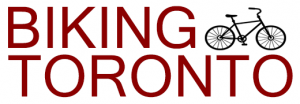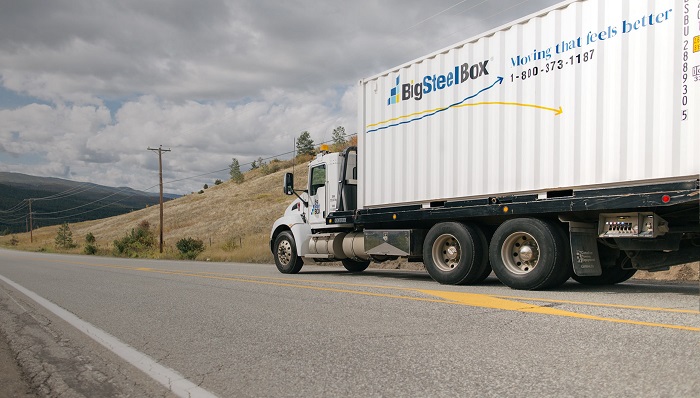Top 10 Specialty Food in Quebec You Absolutely Have To Try
Top 10 The Best Private Investigators in Ottawa [2025]
The Best 10 Pet Stores in Ottawa according to Internet
Top 10 Best Bicycle Shops in Ottawa “you should know”
Top 10 Best Pakistani Restaurants in Ottawa
Top 8+ Best Colleges in Quebec for Alumnus
Are you looking for Colleges in Quebec? Mapping out a plan for your career and life is one of...
Top 20 Best English Language Schools in Quebec
People from all over the country and the world come to Quebec because of its status as one of...
Top 20 Best Options For Moving Boxes In Quebec
Top 16 Best Home Builders & Construction Companies in Quebec
Top 10 Best Neighbourhoods To Live In Quebec
Top 19 Best Security Companies In Quebec
Top 17 pest control companies in Quebec
Top 20 Best Office Cleaners In Quebec
If you’re going to have a clean office, you need to have a clean mentality as well. It’s a...
Top 15 Best Office Moving Companies In Quebec
Top 20 Best Long-Distance Moving Companies in Quebec
Top 20 Best International Moving Companies In Quebec
Top 20 Best Hotels In Quebec
Top 20 best universities in Quebec
Top 20 best hospitals in Quebec
Our lives and the lives of our loved ones may depend on the kind of health care we have...
Top 20 Best Moving Companies In Quebec
If you’re moving to or from Montreal, you’ve come to the right place. We’re here to assist you in...
Top 20 Best Dentists in Quebec
You haven’t been to the dentist in a long time. Make an appointment with one of Quebec’s Top 5...
Top 20 Best Personal Trainers In Quebec
Top 5 Best Private Investigators In Quebec
Top 30 Best Piano Movers In Quebec
TOP 30 Best Pakistani Restaurants In Quebec
Top 21 Best Colleges In Quebec
Top 30 best bicycle shops in Quebec
Top 30 Best Wedding Venues In Quebec
Top 30 best restaurants in Quebec
Top 30 Best Spas In Quebec
Do you want to get rid of your tension? Do you want to do something different with your friends...
Top 20 Best International Moving Companies In Vancuuver
Top 20 Best Options For Moving Boxes In Vancouver
Top 20 Best Photography Studio In Vancouver
Top 20 Best Law Firm In Vancouver
Top 20 Best University and Colleges In Vancouver
Top 18 Best Hospital In Vancouver
Top 20 Best Restaurants In Vancouver
Top 30 best spas in Vancouver
Top 20 Best English Language Schools In Vancouver
As one of Canada’s busiest ports on the west coast, Vancouver is a melting pot for people of all...
Top 20 Best Secucity Companies In Vancouver
Top 20 best home builders & construction companies in Vancouver
Top 20 Pest Control Companies In Vancouve
Top 20 Best Totels in Vancouver
Top 30 Best Office Cleaning Service In Vancouver
Top 20 Best Office Moving Companies In Vancouver
Top 20 Best Long Distance Moving Companies In Vancouver
The process of relocating is one of the most taxing on your body and mind. For any type of...
Top 20 best piano movers in Vancouver
Top 10 Best Neighbourhoods To Live In Vancouver
Top 20 Best Moving Companies In Vancouver
The top 10 best personal trainers in Toronto
This list of The Top 10 Best Personal Trainers In Toronto can help you if your training isn’t as...

